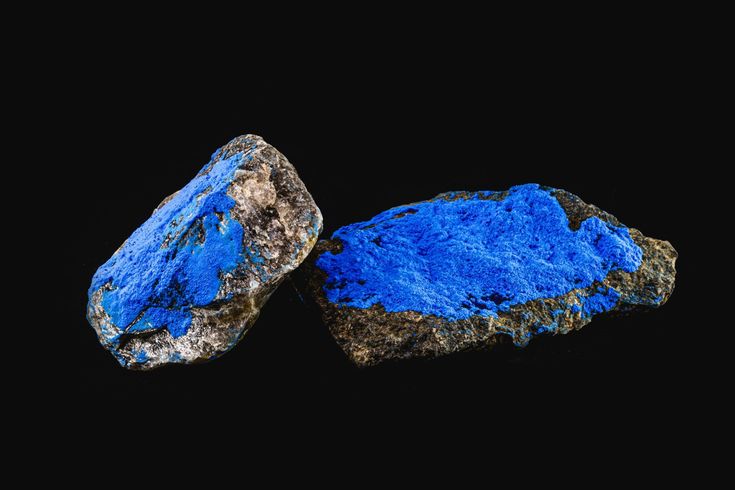
In a world where beauty and luxury come at a high price, precious stones have become symbols of wealth, love, and elegance. But not all that sparkles is genuine. With the rise in synthetic and imitation gemstones, it has become increasingly important—especially for collectors, investors, and buyers—to know how to distinguish between real and fake precious stones.
In this blog post, we’ll take a deep dive into the methods, signs, and tools you can use to spot authentic gemstones from their imitations—even before taking them to a lab.
Why Fake Gemstones Exist
Fake gemstones are often created for economic reasons:
- Lower production costs for mass jewelry.
- To replicate the look of rare, expensive stones (like diamond, emerald, sapphire).
- To deceive unsuspecting buyers for profit.
These imitations can be synthetic (lab-grown) or simulants (look-alikes) such as glass, plastic, or cubic zirconia.
Key Terms to Know
| Term | Meaning |
|---|---|
| Natural Stone | Formed naturally over time in the earth. |
| Synthetic Stone | Man-made in labs but chemically identical to natural stones. |
| Simulant | Imitates the appearance but is a different material (e.g., cubic zirconia for diamond). |
| Treated Stone | Natural, but enhanced through heat or dye to improve color/clarity. |
How to Identify Real vs Fake Precious Stones
1. Check for Inclusions (Imperfections)
Natural gemstones usually have tiny flaws or inclusions such as:
- Mineral lines
- Air bubbles
- Color zoning
Use a jeweler’s loupe or microscope. If the stone appears flawless, it might be synthetic.
2. Test the Weight
Fake stones like glass or plastic often weigh less than real gems. On the other hand, synthetic stones might feel heavier than natural ones of the same size.
Compare the gem’s weight with a real one of similar size using a precision scale.
3. Observe the Color and Sparkle
Real gemstones typically have:
- Natural color gradients
- Subtle, rich hues
- Unique refraction (sparkle)
Fake ones may have:
- Flat, overly bright colors
- Consistent or “too perfect” coloring
- Glass-like luster or fake brilliance
🔦 Use light to see how the gem reflects and disperses light. Diamonds, for instance, refract light in a unique way that imitators can’t match.
4. Do the Fog Test (for Diamonds)
Breathe on the stone:
- A real diamond will disperse heat quickly and remain clear.
- A fake will fog up and take longer to clear.
This is a quick test and not always conclusive—but it’s helpful for a first check.
5. Conduct a Water Test
Drop the stone in a glass of water:
- Real gems usually sink.
- Fake ones (especially plastic or resin-based) may float or sink slowly.
6. Scratch Test (With Caution!)
- Diamonds are the hardest natural material (10 on Mohs scale). They can scratch glass.
- Soft fakes like cubic zirconia or glass may scratch easily.
Do this only on unmounted stones and avoid damaging valuable items.
7. UV Light Test
- Some natural stones (like rubies) glow under UV light.
- Fake stones may react differently or not at all.
Lab-created stones can mimic this effect, so use in combination with other tests.
Tools Professionals Use to Identify Stones
- Refractometer – Measures how light bends in the gem.
- Spectroscope – Analyzes light absorption patterns.
- Polariscope – Detects optical properties.
- Gemstone loupe (10x) – For spotting inclusions.
- Diamond tester – Detects conductivity to verify authenticity.
When to Get a Professional Appraisal
If you’re unsure, it’s always best to consult:
- Certified gemologists
- Reputable jewelers
- Laboratories like GIA, IGI, or AGS
They can provide a certification that verifies whether the stone is natural, synthetic, or treated—and its actual value.
Final Tips Before Buying Gemstones
- Buy from trusted sources.
- Ask for a certificate of authenticity.
- Avoid deals that sound too good to be true.
- Request return policies or trial periods.
- Educate yourself about the specific gem you’re buying.
Conclusion
Distinguishing real from fake precious stones isn’t always easy—but with the right knowledge and a keen eye, you can avoid costly mistakes. Whether you’re investing in gems or simply adding to your jewelry collection, knowing how to spot fakes is an invaluable skill.
Remember: authenticity means value, not just in money, but in meaning, history, and natural beauty.
